What Is, And How To Make And Freeze Manti Dumplings
Views: 290
Are you getting tired of the same old Italian stuffed pasta? Are you looking to explore dumplings from different cultures? Then try your hand at making Central Asian manti or mantu dumplings recipe – it’s the perfect place to start!
Our journey with manti dumplings started when an Uzbek friend of ours treated us to two variations of this Central Asian dish. He filled some of his manti with diced pork and some with diced beef. He served both with a drizzle of sesame oil. We got hooked with the first bite. Not long after, we had an opportunity to try traditional Afghani mantu dumplings. These were filled with minced beef and served with a butternut squash sauce. It was a very different take on this dish, but equally delicious.
Inspired by both versions, we created our own manti recipe, which reflects a blend of these influences and stays true to our Ukrainian heritage.
The Difference Between Manti and Mantu Dumplings Recipe
Depending on who you ask, manti and mantu are either the same dumpling, spelled differently or two distinct dishes. Both are believed to have originated in China before spreading along the Silk Road, influencing cuisines across Central Asia, the Middle East and even Eastern Europe. As the dish travelled, each region adapted it to local tastes and ingredients, creating unique variations.
In our opinion, the main difference between manti and mantu dumplings recipe comes down to regional traditions and slight differences in preparation.
Specifically, manti uses diced meat in its filling, while mantu typically contains minced meat and sometimes lentils. Mantu is often topped with sauces like squash, tomato, or yogurt. In contrast, manti is usually served plain with simple sides like yogurt, sesame oil, or melted butter. Additionally, manti dough tends to be slightly thicker than mantu dough.
Unless you’re a purist, feel free to experiment with minced or diced meat or even try diced, cooked butternut squash. However, whether you call them manti or mantu, one rule remains the same – fish and poultry have no place in the filling.
Tips and Tricks for Success:
![]() Dough Consistency: The dough should be soft but not sticky. If it feels too dry, add a little more water; if it’s too sticky, sprinkle in some flour. Resting is key—it makes the dough more pliable and easier to work with. Let it rest for at least 30 minutes, but an hour is even better. Always wrap manti dough tightly in plastic wrap to prevent drying out. If you’re not using it within two hours, store it in the fridge to keep it fresh.
Dough Consistency: The dough should be soft but not sticky. If it feels too dry, add a little more water; if it’s too sticky, sprinkle in some flour. Resting is key—it makes the dough more pliable and easier to work with. Let it rest for at least 30 minutes, but an hour is even better. Always wrap manti dough tightly in plastic wrap to prevent drying out. If you’re not using it within two hours, store it in the fridge to keep it fresh.
![]() Use pasta machine: Unless you really enjoy an upper-body workout, it might be time to ditch the rolling pin and embrace the ease of a pasta machine. Rolling by hand is all fun and games until your arms feel like overcooked spaghetti and your dough is still not what you want it to be. Meanwhile, the pasta machine rolls it out like a pro—perfect thickness, zero sweat. Plus, you minimize the risk of waking up the next day feeling like you arm-wrestled a medieval knight.
Use pasta machine: Unless you really enjoy an upper-body workout, it might be time to ditch the rolling pin and embrace the ease of a pasta machine. Rolling by hand is all fun and games until your arms feel like overcooked spaghetti and your dough is still not what you want it to be. Meanwhile, the pasta machine rolls it out like a pro—perfect thickness, zero sweat. Plus, you minimize the risk of waking up the next day feeling like you arm-wrestled a medieval knight.
![]() Filling Moisture: A good manti filling should be moist but not runny. If it seems too dry, mix in a tablespoon of water or broth. Take great care not to add too much water. If the filling is too wet, the dumplings may leak during cooking.
Filling Moisture: A good manti filling should be moist but not runny. If it seems too dry, mix in a tablespoon of water or broth. Take great care not to add too much water. If the filling is too wet, the dumplings may leak during cooking.
![]() Steaming Tip: Always preheat your steamer before adding the dumplings. To cook the dumplings evenly, keep the lid tight and ensure the steam stays trapped.
Steaming Tip: Always preheat your steamer before adding the dumplings. To cook the dumplings evenly, keep the lid tight and ensure the steam stays trapped.
![]() Flavor Variations: Feel free to experiment with spices like adding different types of pepper, paprika, and coriander to customize the flavor.
Flavor Variations: Feel free to experiment with spices like adding different types of pepper, paprika, and coriander to customize the flavor.
![]() Meat-to-Onion Ratio: Some home cooks use a 1 : 1 ratio of meat to onion. We prefer a 1 : 1/2 ratio of meat to onion. If you prefer, you can add more chopped onions, but don’t use less. Reducing the amount too much can make the filling dry and will take away its signature taste.
Meat-to-Onion Ratio: Some home cooks use a 1 : 1 ratio of meat to onion. We prefer a 1 : 1/2 ratio of meat to onion. If you prefer, you can add more chopped onions, but don’t use less. Reducing the amount too much can make the filling dry and will take away its signature taste.
How to Freeze Uncooked Manti Dumplings:
Manti dumplings are our favorite make-ahead freezer friendly meal. We always make a large batch of these dumplings and then freeze them for a long-term storage.
This is how we do it:
- Assemble the manti dumplings as usual but don’t cook them.
- Place them on a tray lined with parchment paper, making sure they don’t touch.
- Freeze until solid (about 2-3 hours).
- Transfer to a freezer bag or airtight container, label with the date, and store for up to 3 months.
Instructions for Refrigerating and Freezing Manti Dough:
Unquestionably, manti is a lot of work. On the positive side, you can prepare the dough a day ahead, cover it, and refrigerate it. Just let it come to room temperature before rolling it out.
Additionally, manti dough freezes quite well. Here’s how to do it:
- Prepare the Dough: Follow the recipe to make the dough, then cover it tightly in plastic wrap.
- Freeze: Place the wrapped dough in the freezer. It will keep for up to 3 months.
- Thaw and Use: When you’re ready to make manti dumplings, remove the dough from the freezer and let it thaw in the refrigerator overnight. Once thawed, knead it for a couple of minutes to get it back to a workable consistency.
Freezing the dough can be a huge time-saver, especially if you’re meal prepping or planning to make a big batch of manti for a special occasion. But, before you stick that dough ball into your freezer, make sure you labeled it! Trust us, it’s no fun finding an unmarked lump of dough in the freezer and having no clue what it is.
We Recommend Using a Steamer to Cook Manti.

How to Cook Manti Dumplings Without a Steamer
If you don’t have a steamer, you can still cook Mantu using a few simple methods! Here are some easy alternatives:
Consider getting a Steamer Basket:
- Steamer baskets are budget-friendly and efficient. Make sure to pick one that fits inside a pot you already own.
- When you’re ready to steam the manti, use steamer basket and follow Step 4 of the recipe below.

Use a Colander or Sieve:
- Place a metal colander or fine-mesh sieve over a pot of boiling water.
- Line it with parchment paper (with holes poked in it) or lightly oiled cabbage leaves to prevent sticking.
- Arrange manti dumplings in a single layer, cover with a lid, and steam for 25-30 minutes.
Manti Preparation Steps:
How to Prepare Manti Filling
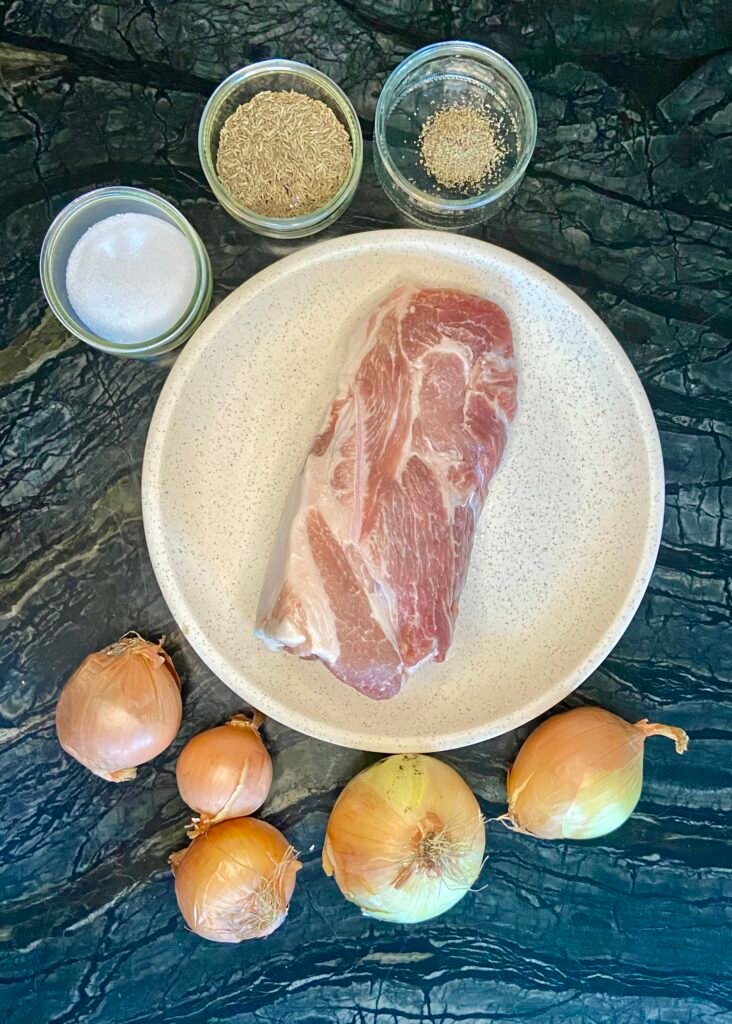
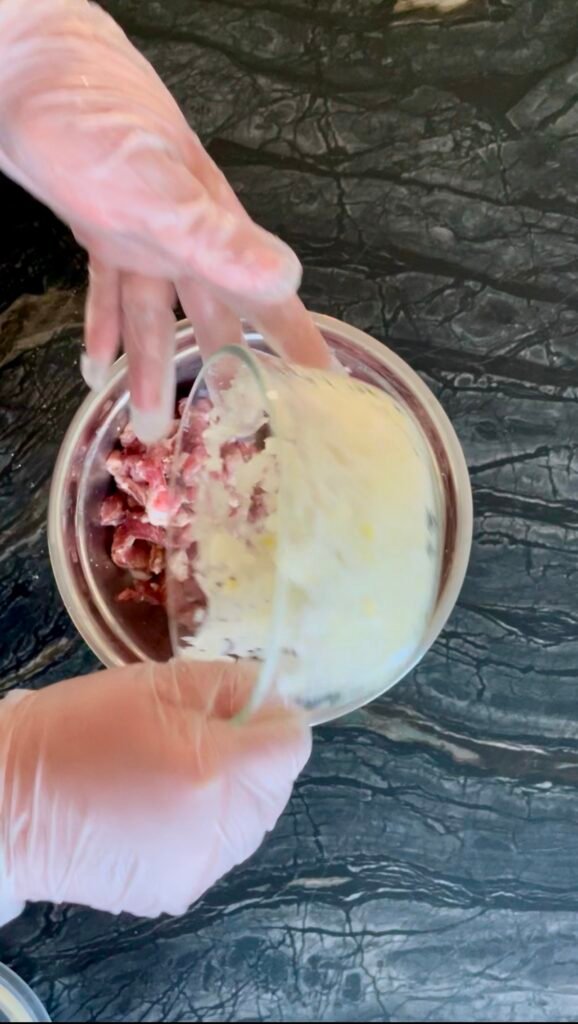
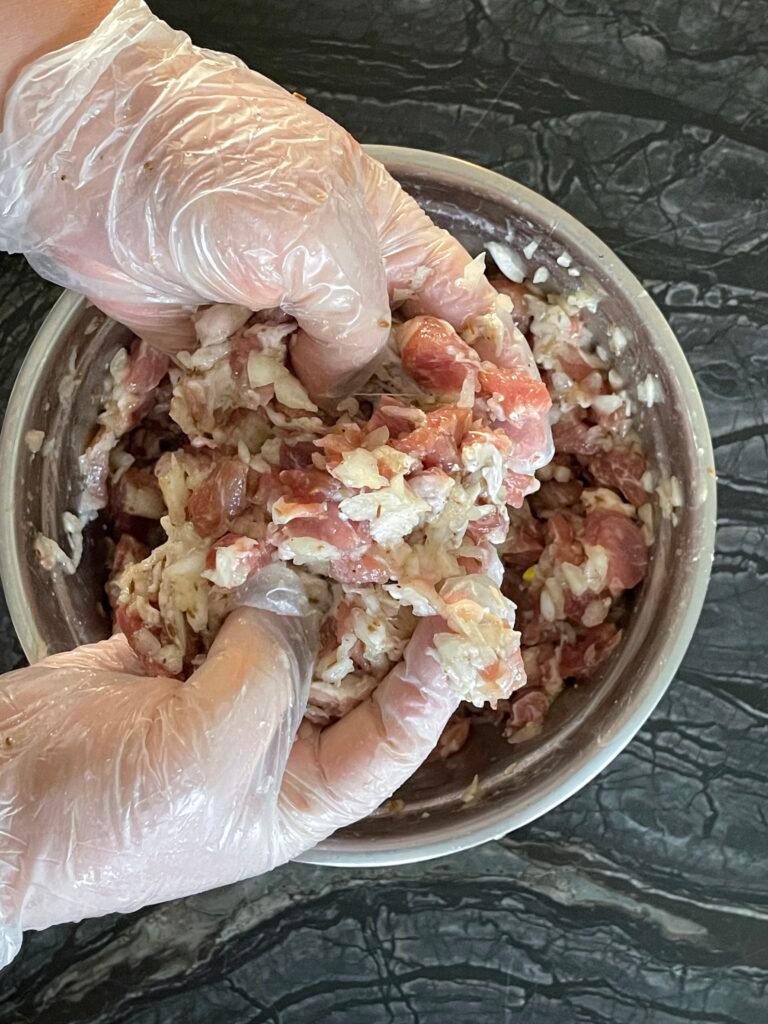
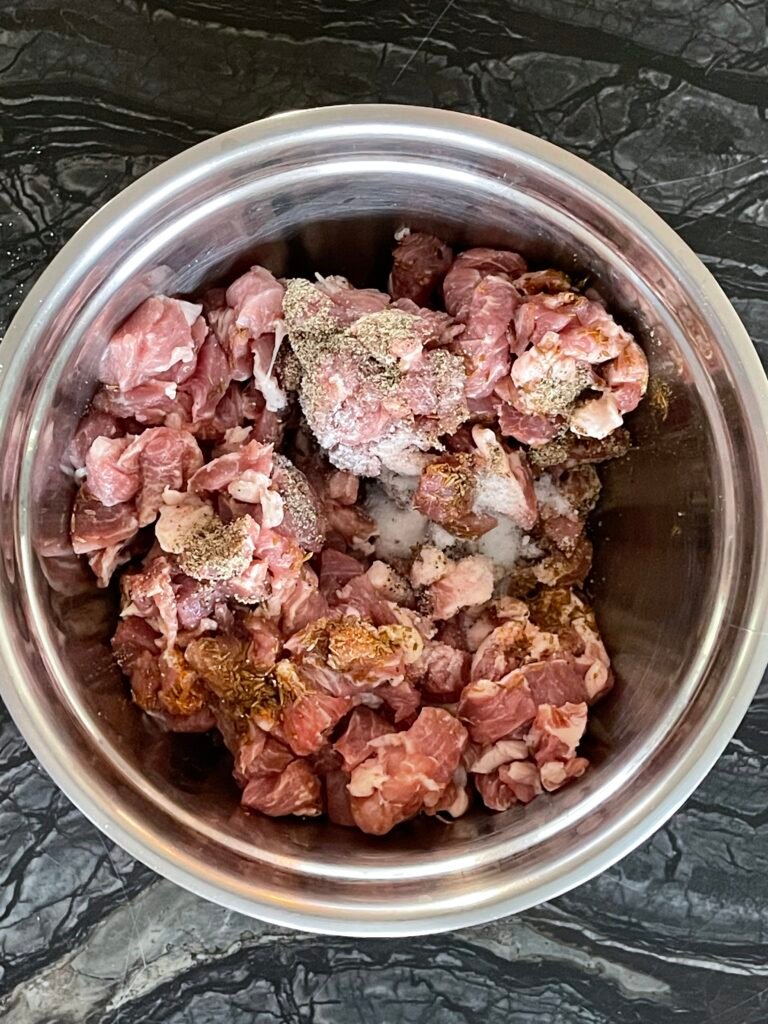
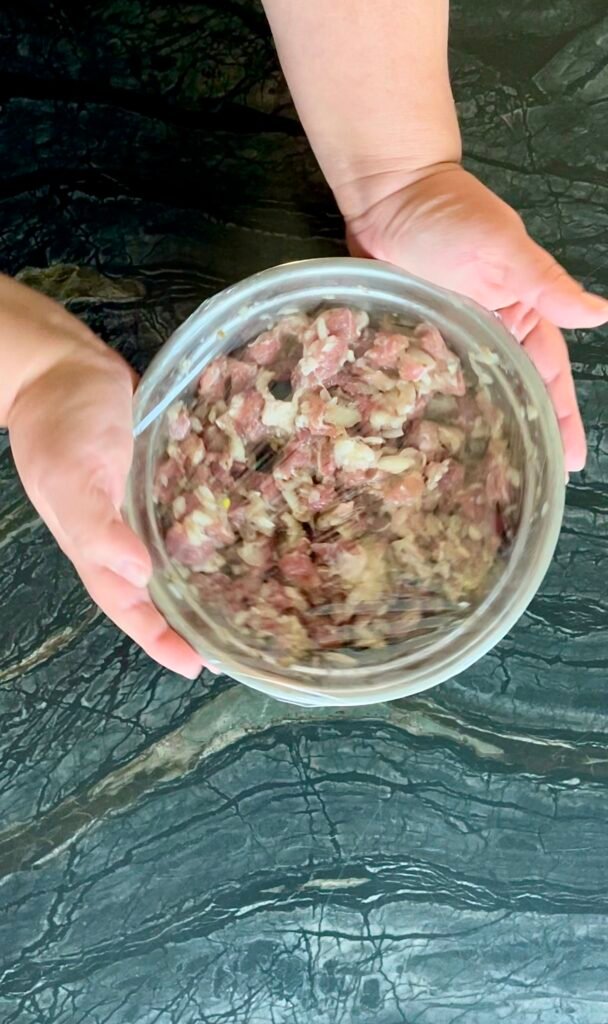
How to Make Manti Dough
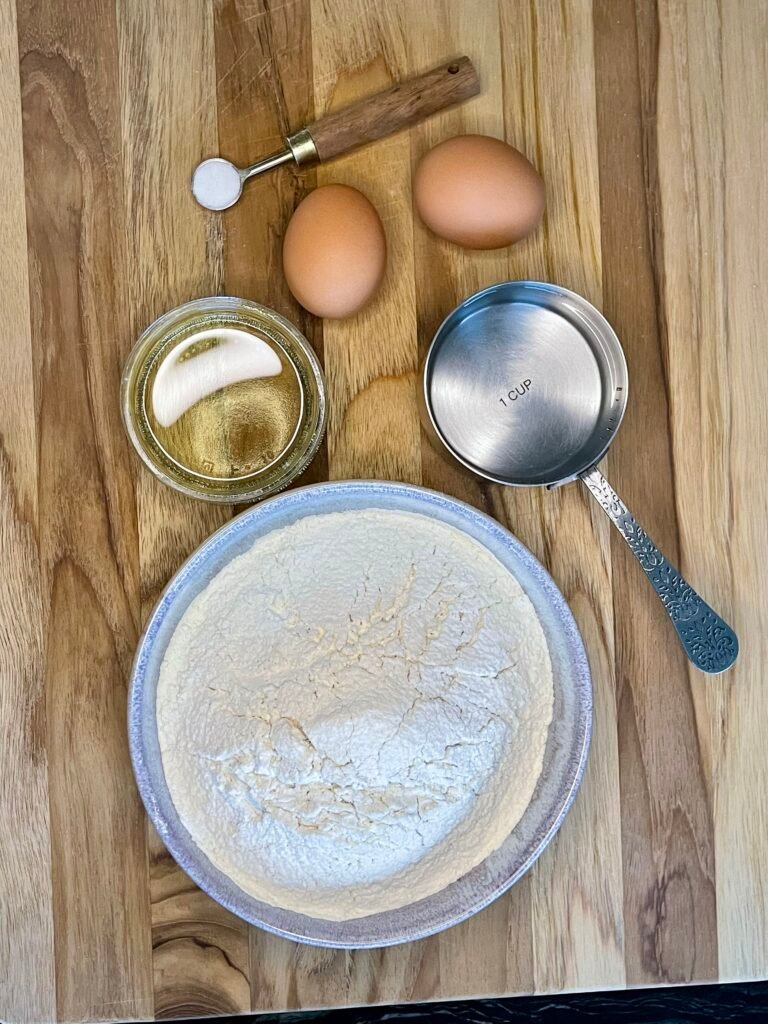
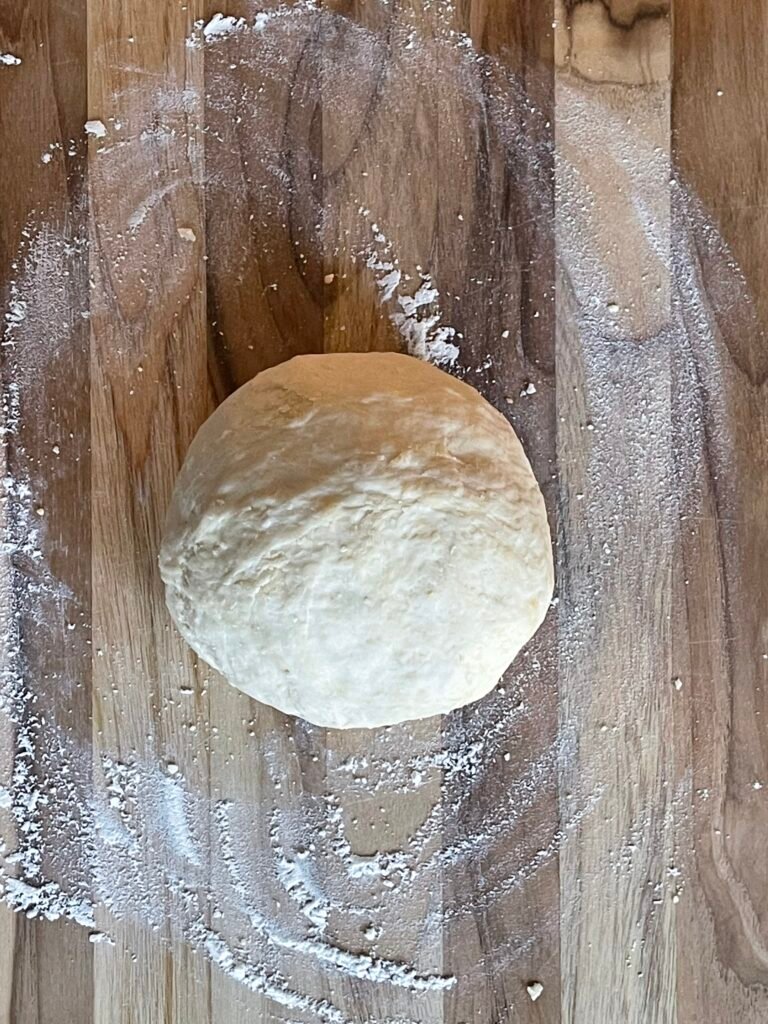
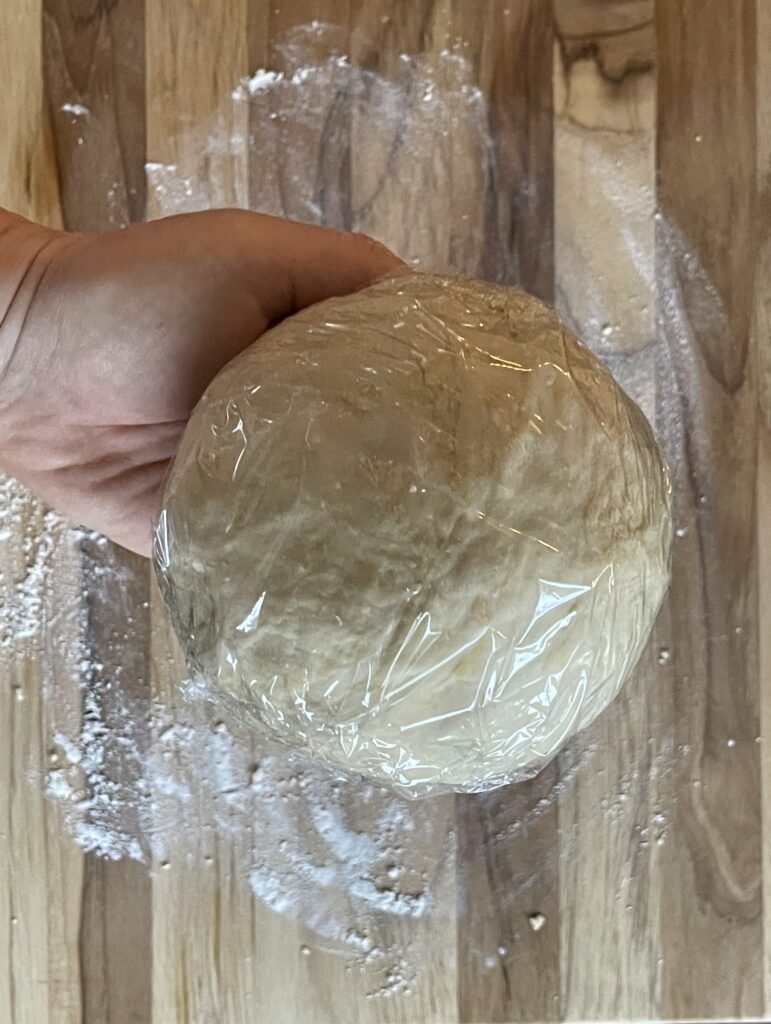
Roll Manti Dough, Fill & Shape Manti Dumplings
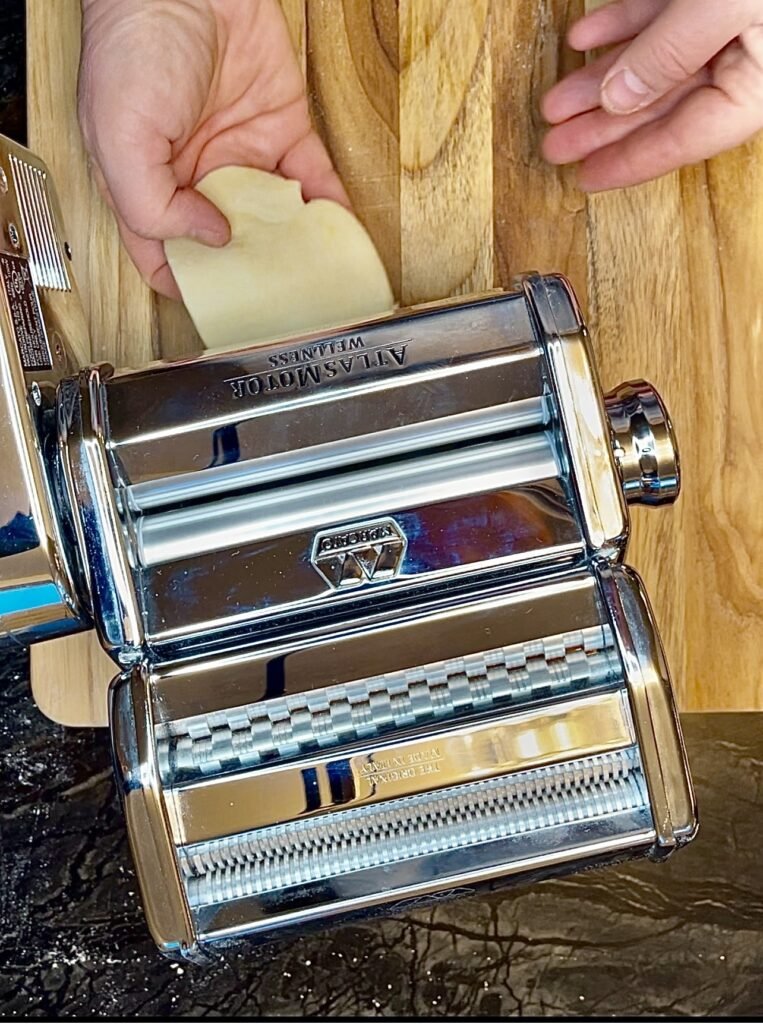
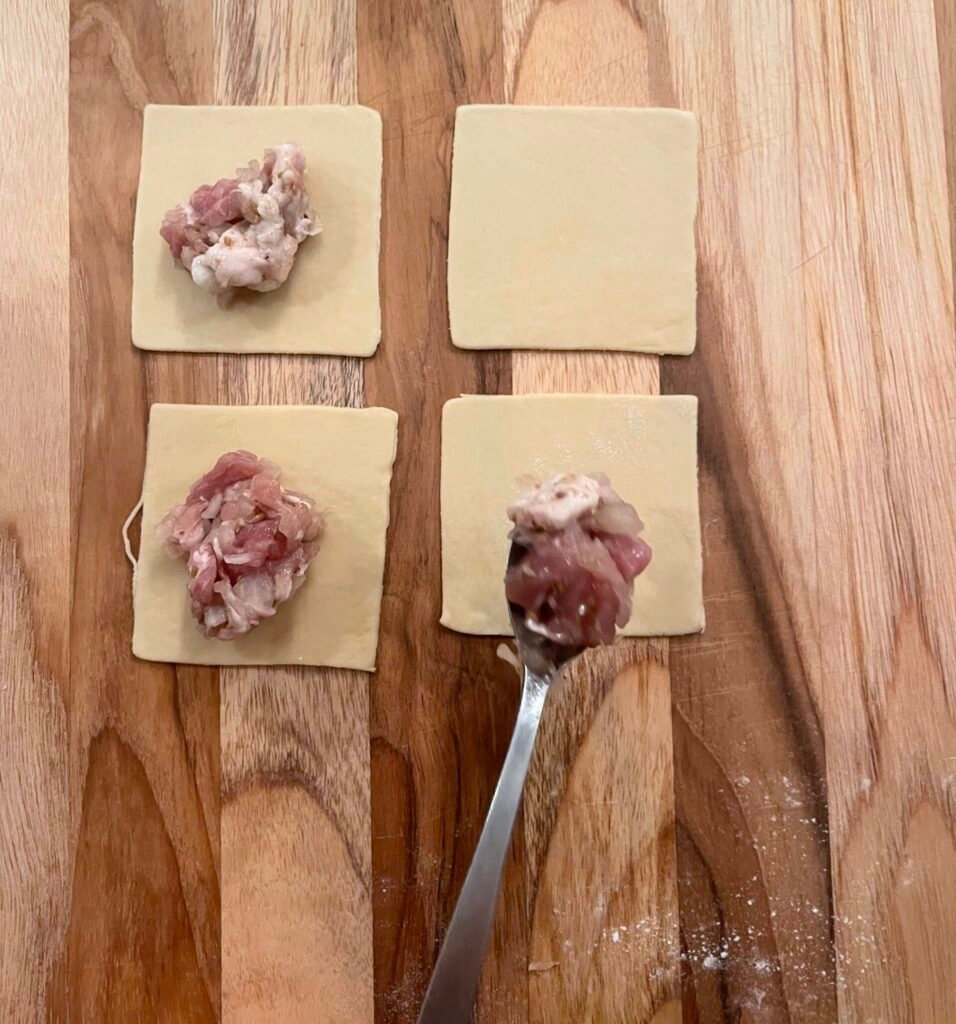
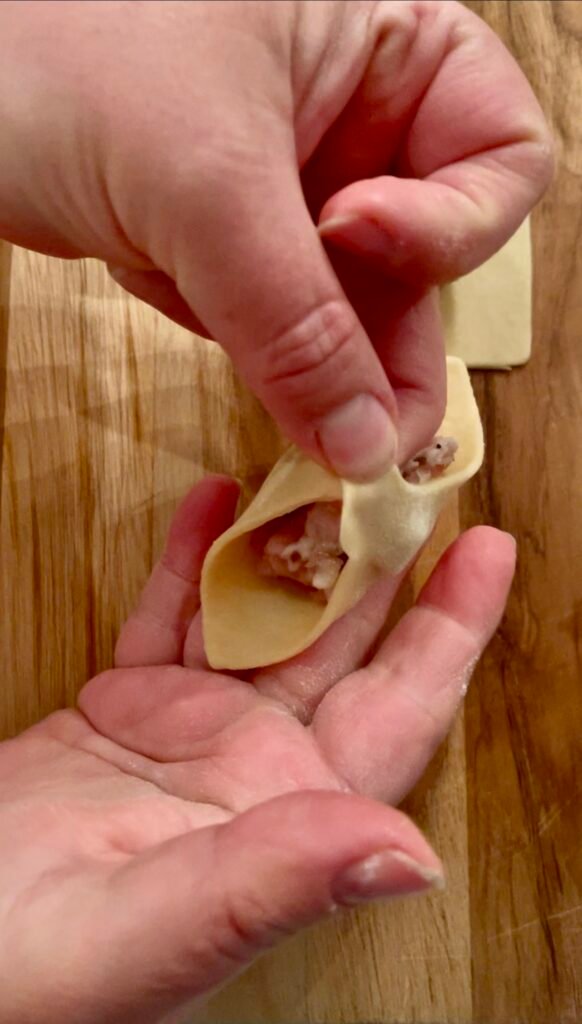
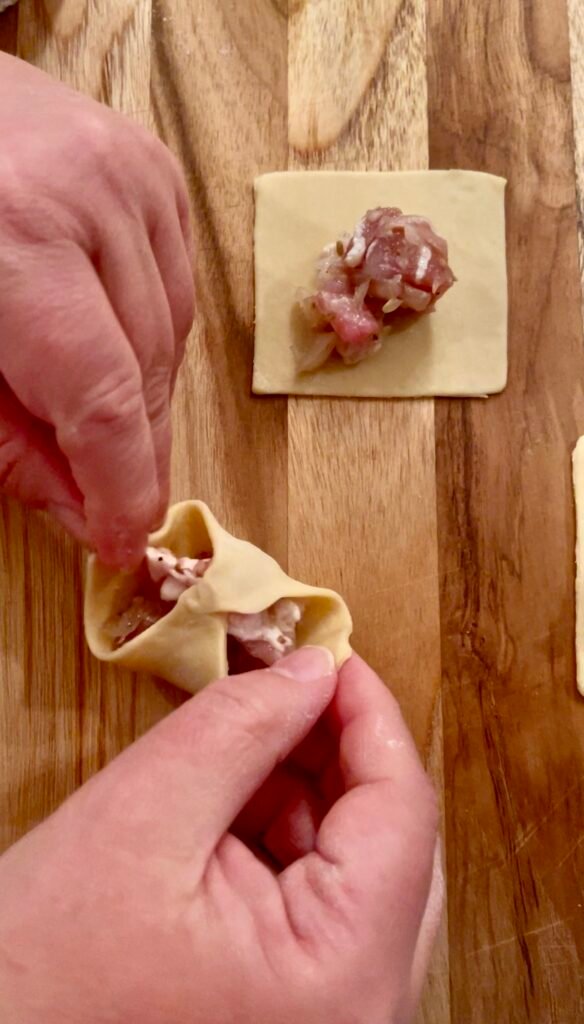
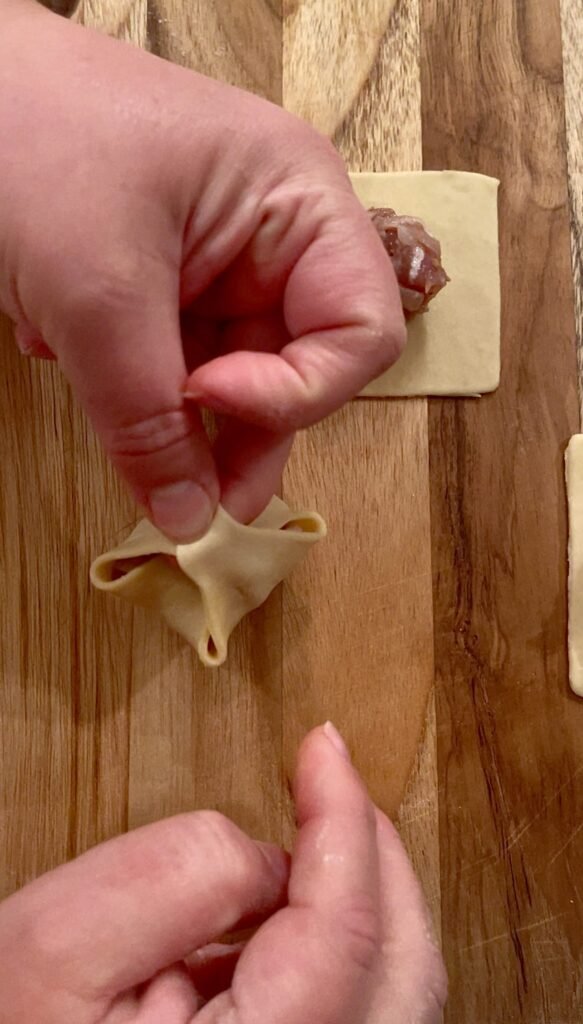
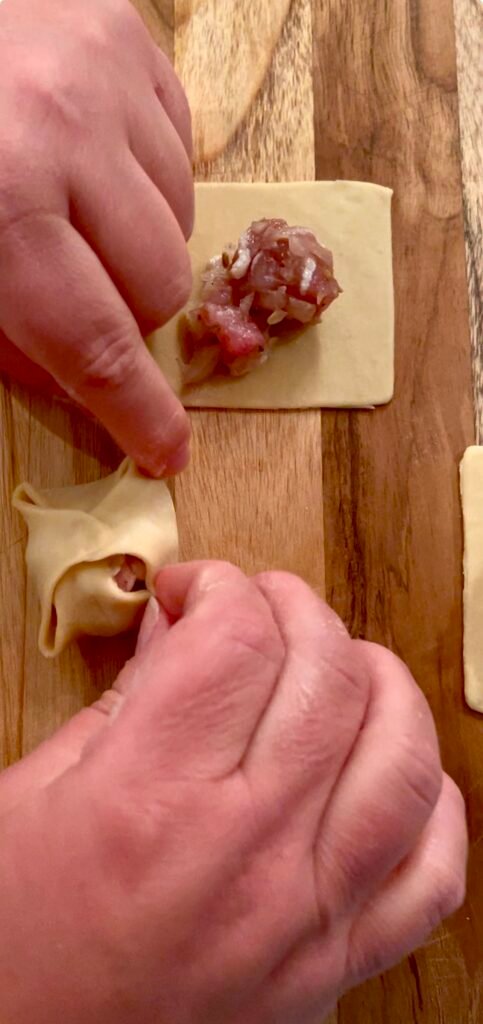
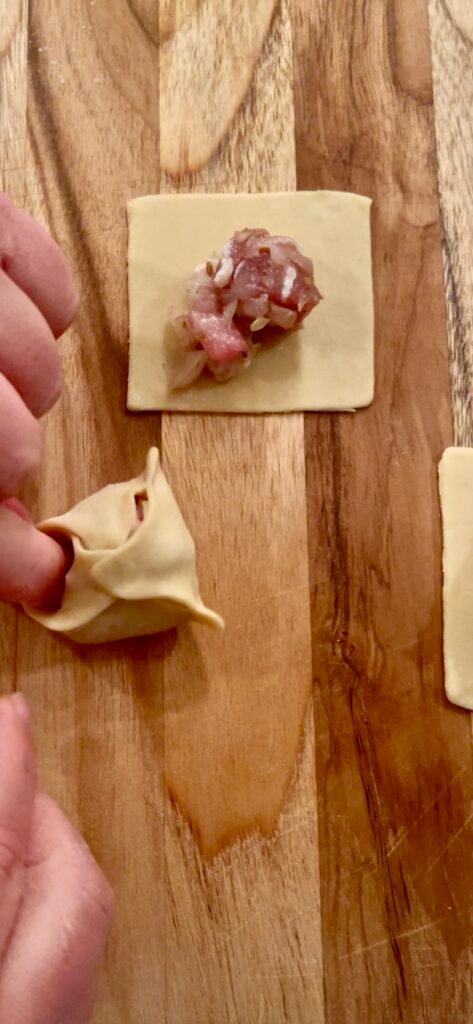
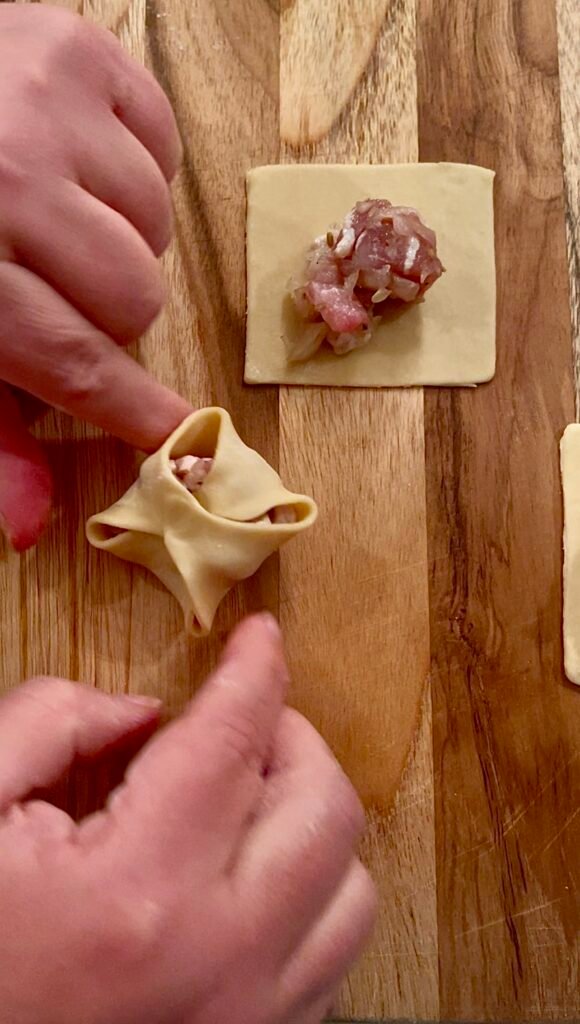
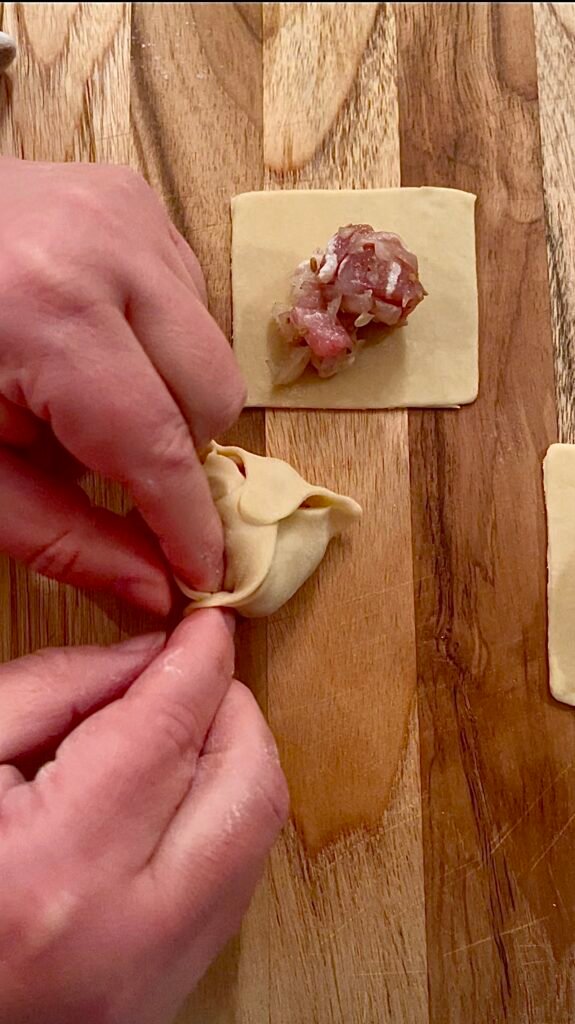
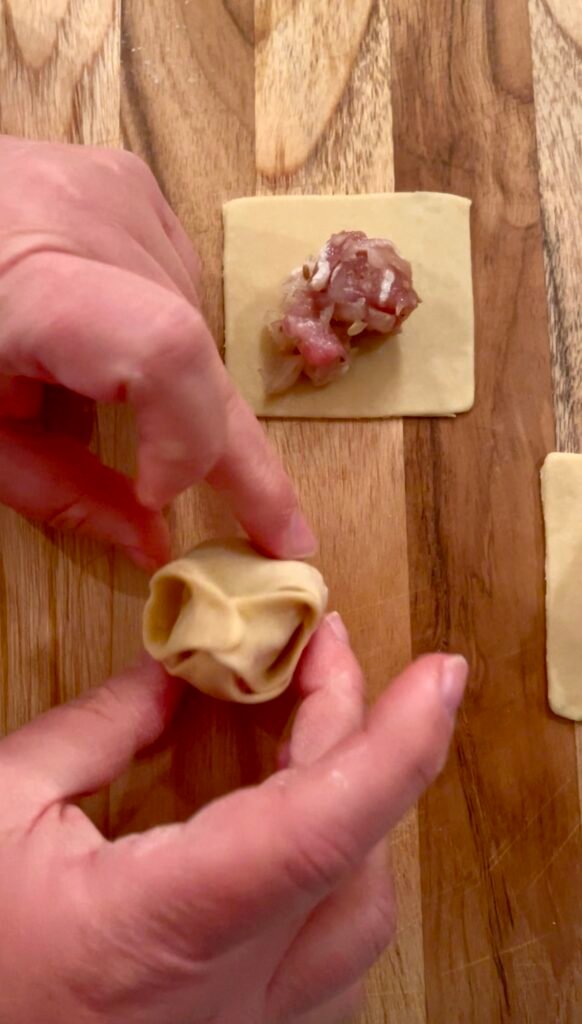
Freeze or Steam Manti Dumplings
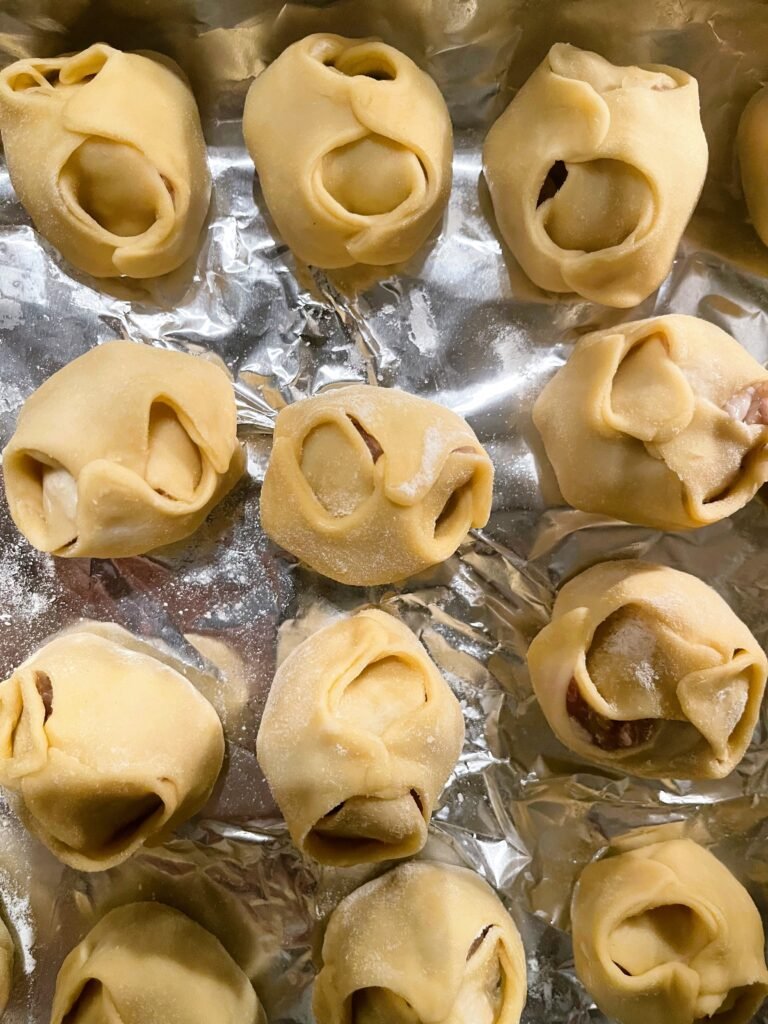
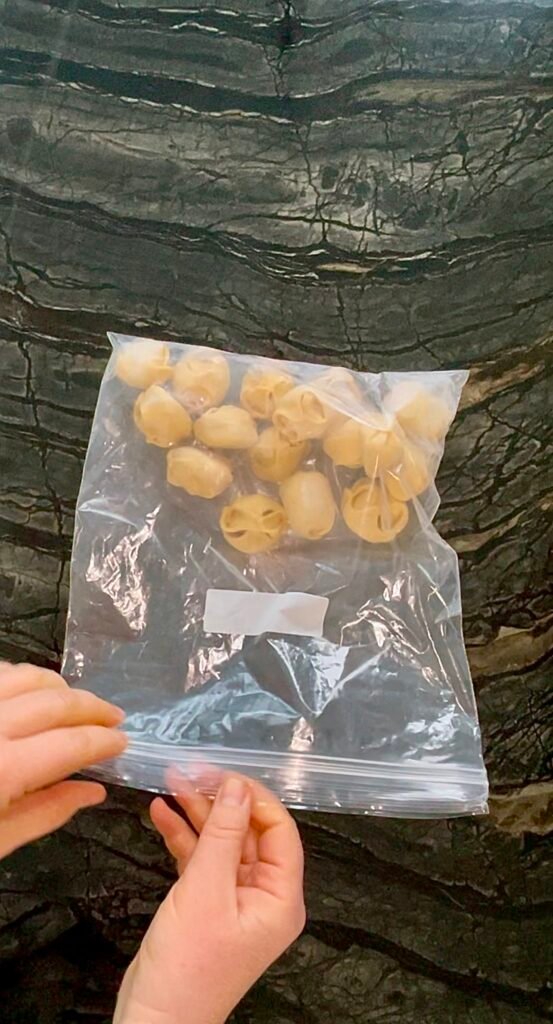
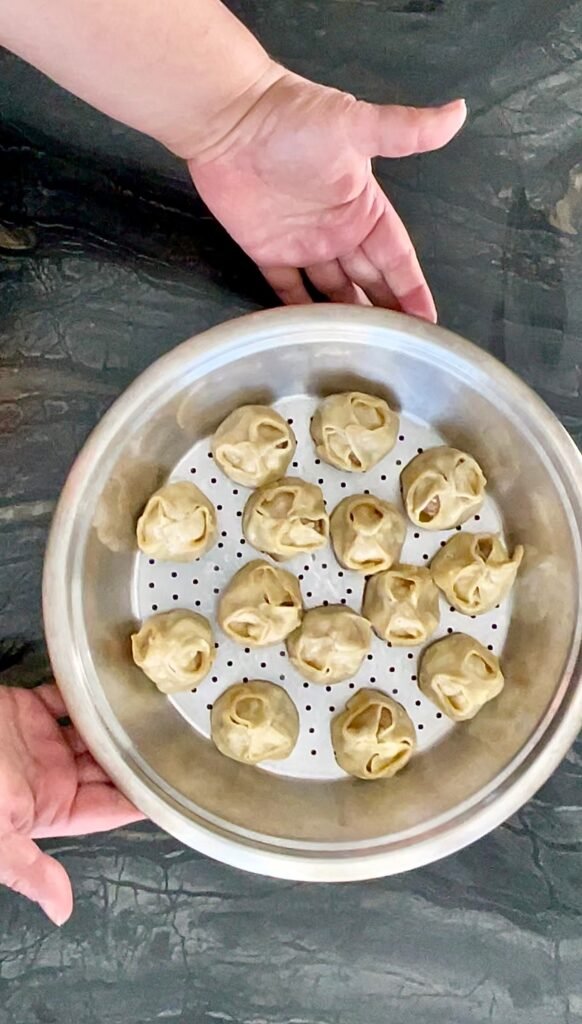
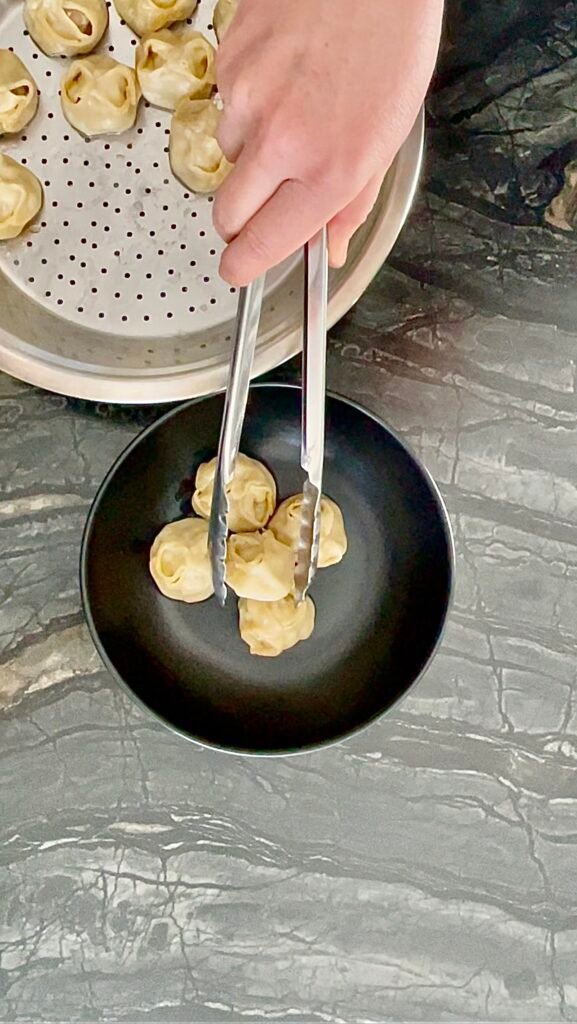
How to Make and Freeze Central Asian Manti Dumplings
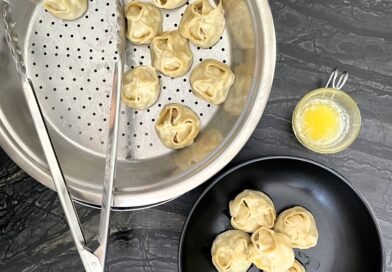
Ingredients
For the filling:
- 4 lb. meat - preferably lamb, diced – small cubes, about ⅛ inch
- 2 lb. yellow onions
- 1 tbsp. cumin seeds, or to taste - crushed
- salt and black pepper - to taste
For the dough:
- 2 1/2 cup all purpose flour
- 2 eggs
- 1 cup water - warm
- 1/3 cup sunflower oil
- 1/4 tsp salt
For Steaming:
- neutral oil or butter - to grease the steamer
For Serving (Optional):
- plain yogurt or butter - to taste
- sesame oil or chili oil - to taste
- Fresh herbs such as cilantro or dill - chopped, to taste
Instructions
Step 1: Prepare Manti Filling (Allow to Rest for 3 Hours)
- Mince the onions in a food processor until finely chopped and almost paste-like. This ensures they release their juices and blend seamlessly with the meat.
- Crush cumin seeds using the pestle and mortar or rolling pin
- In a large bowl, combine diced meat, minced onions, salt, pepper and crushed cumin.
- Mix well till onions are fully incorporated into the diced meat, cover, and let it rest in the fridge for at least 3 hours.
Step 2: Make Manti Dough (While the Filling Rests)
- In a large bowl, combine flour and salt.
- Add eggs and oil. Mix until the ingredients come together and texture becomes crumbly. Slowly pour in warm water, stirring with a fork or your hands, until a rough dough forms.
- Knead for 8–10 minutes until the dough is smooth and elastic. If sticky, dust with more flour; if too dry, add a teaspoon of warm water at a time.
- Wrap the dough in plastic wrap and let it rest for at least 30 minutes, preferably 1 hour. If you won't be using the dough within 2 hours, store it in the fridge. (!) Important: always ensure the dough is tightly wrapped to prevent it from drying out.
Step 3: Roll & Fill Manti Dough
- Divide the rested dough into 4 equal pieces. Roll each into a thin sheet (about 1/16 inch thick). We use a medium dough roller settings on our pasta machine (for Marcato it is labeled as 5)
- Cut into 3- to 4-inch squares or use a round cutter.
- Place a spoonful of filling in the center of each dough piece.
- To shape: Pinch opposite edges together to seal, then bring the remaining edges up, pinching to form a small bundle. You can pinch the corners too, but it is not mandatory.
Step 4: Cook Fresh Manti
- Lightly grease the steamer trays with oil or butter to prevent sticking.
- Arrange the manti dumplings so they don't touch each other.
- Steam over boiling water for 30 minutes, until the dough is fully cooked and the meat is tender.
**Making Ahead**
Freeze Manti:
- Place the uncooked manti on a floured baking sheet in a single layer (make sure they don’t touch).
- Freeze for 1–2 hours, or until solid.
- Transfer frozen manti to a freezer-safe bag or container and store for up to 3 months.
Cook Frozen Manti (No Thawing Needed!):
- Follow instructions for cooking fresh manti
We can’t wait to learn how this preserve recipe worked out for you. Leave us a comment below, like us on X, Facebook, Pinterest, Instagram and Blue Sky. And remember, sharing is caring!
Frequently Asked Questions
Do I Need to Thaw Frozen Manti?
No need to thaw frozen manti! Simply steam the frozen dumplings directly from the freezer.
What Are Some of the Topping for Serving Manti Dumplings?
We like to eat manti dumplings with just a touch of melted butter. But, if butter sounds too simplistic for you, consider these toppings for your manti:
- Serve your manti Turkish style with garlic yogurt and butter sauce (with paprika or sumac).
- If you made these dumplings with ground meat, serve it Afghani style, with a tomato-based sauce, yogurt, garlic, and dried mint. Plus, you may want to top them with cooked and mashed with yellow split peas for extra texture and flavor.
- Additionally, for lamb filled mantu dumplings, consider serving them alongside butternut squash puree. Lamb and squash work well, served side by side.
Can You Freeze Cooked Manti?
We strongly advise you against it! The dough can become a bit soggy when reheated. If you do freeze cooked Manti, reheat by steaming or pan-frying to restore texture.
![]() Pro Tip: If you’re making a big batch, freeze half of the batch uncooked for later—freshly steamed Manti always tastes best!
Pro Tip: If you’re making a big batch, freeze half of the batch uncooked for later—freshly steamed Manti always tastes best!
Can You Boil Manti Dumplings?
No, manti dumplings are traditionally steamed, not boiled. Unlike dumplings like pelmeni or ravioli, which are cooked in boiling water, manti are placed in a steamer and gently cooked until the dough is soft and the filling is juicy.
That being said, some regions have variations where Manti are pan-fried after steaming, similar to potstickers.
How Do You Reheat Cooked Manti or Mantu Dumplings?
Manti can be easily reheated, and the best method depends on how you want them to taste.
Steaming (Best for Maintaining Texture):
- Place Manti in a steamer over boiling water.
- Steam for 5–10 minutes until heated through.
Pan-Frying (For Crispy Bottoms):
- Heat a little oil in a pan over medium heat.
- Add Manti and cook until the bottoms are golden brown and crispy.
- Add a splash of water, cover, and let them steam for 2–3 minutes.
Microwave (Fast but Not Ideal):
- Place Manti on a plate with a damp paper towel over them.
- Microwave for 1–2 minutes, checking to avoid drying them out.
You May also like:
-
Yellowfoot And Golden Chanterelle Mushroom Soup Made Easy
Did the forest or farmers’ market hand you golden or yellowfoot chanterelles? Did you grab them without thinking what comes next? Stop doom-scrolling, and ignore anyone claiming you should brew them with your coffee. The answer is here: make chanterelle soup and preserve it so you can enjoy it for… read more
-
Dried Porcini Mushroom Soup: Rich, Earthy, And Freezer-Friendly
This dried porcini mushroom soup is the perfect intersection of simple cooking and mindful preservation. It’s rich without being heavy, earthy without being overpowering, and endlessly satisfying. It is also perfect for freezing. Whether you’re meal-prepping or enjoying it fresh, this wild mushroom soup does not disappoint read more
-
How To Make, Freeze And Serve Braised Oxtail Ragu
Maybe you’re not hosting a dinner party. Maybe you’re just reheating this on a Tuesday night, wearing sweatpants, using the fancy bowl to feel something. This braised oxtrail ragu is a freezer meal that makes you look like the person who has it all together, even if you absolutely do… read more
-
Modern Ukrainian Borscht: A Healthier Take On the Classic Dish
This borscht is a gift to your future self. It’s easy to make, feeds you for days, and freezes well for when you need it most. Whether you grew up with it or just discovered it, Ukrainian Borscht is a comfort food with staying power, perfect if you like to… read more
-
Cioppino Soup Base: Your Simple Solution For Fancy Quick Meals
Let us tell you something we never thought we’d say: Cioppino is weeknight food now. This classic dish from San Francisco, once reserved for splashy dinners with linen napkins, is now 100% doable any weekday at home. Don’t roll your eyes yet—we’re serious. Read on to find out how. read more
-
Smoked Bone Broth Chicken Broth – Your Kitchen’s Secret Weapon
Made with smoked turkey wings and chicken carcasses, this homemade bone broth chicken broth is best for soups, sauces, and sick days! It is also an ultimate make-ahead kitchen staple. Stash it in your freezer and you’ve got an instant flavor on tap. Seriously, why settle for bouillon cubes when… read more
-
Authentic Ukrainian Cabbage Rolls (Holubtsi) Recipe & More
You may know Ukrainian cabbage rolls as comfort food, but did you know they’re the ultimate make-ahead freezer meal? Holubtsi start out delicious but turn next-level amazing after a night in the fridge or freezer. This guide will teach you to roll, cook, and most importantly reheat them like a… read more
-
How To Make Pelmeni Dumplings: Freezer-Friendly Quick Meals Recipe
Pelmeni are a staple of Siberian cuisine, known for their delicate dough and savory meat filling. Traditionally made in large batches and frozen for convenience, pelmeni dumplings are the perfect freezer-friendly meal. Our pelmeni recipe is a Ukrainian take on this popular dish, combining classic flavors with a few personal… read more
-
What Is, And How To Make And Freeze Manti Dumplings
Spoiler alert: This isn’t about Manti, UT, or Manti the football player. It’s about Manti the food! These Central Asia-inspired juicy, meat-filled steamed dumplings are perfect for making ahead and freezing. So, whether you’re watching Manti the player or living in Manti the town, you’ll never go hungry with these… read more
-
How To Make And Preserve Vegan Roasted Tomato Soup
Still reaching for that can of tomato soup? It’s about time you upgraded to something fresh and delicious! Our roasted tomato soup is packed with fennel, garlic, onion and two other mystery ingredients. It is creamy, vegan, freezer-friendly, and suitable for canning! So, next time you’re craving tomato soup, grab… read more

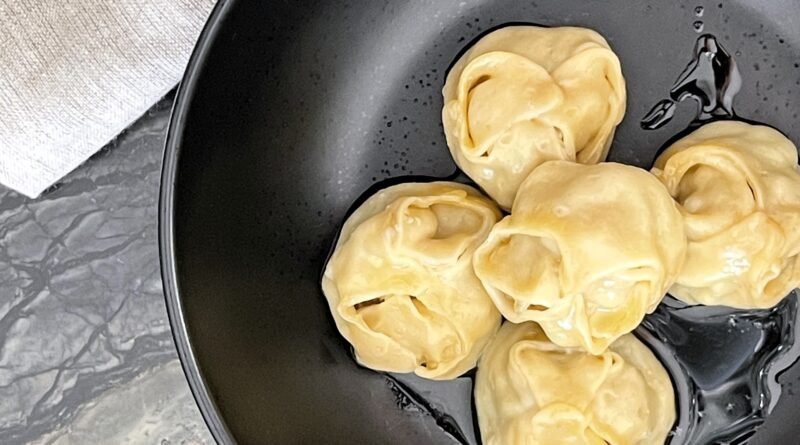
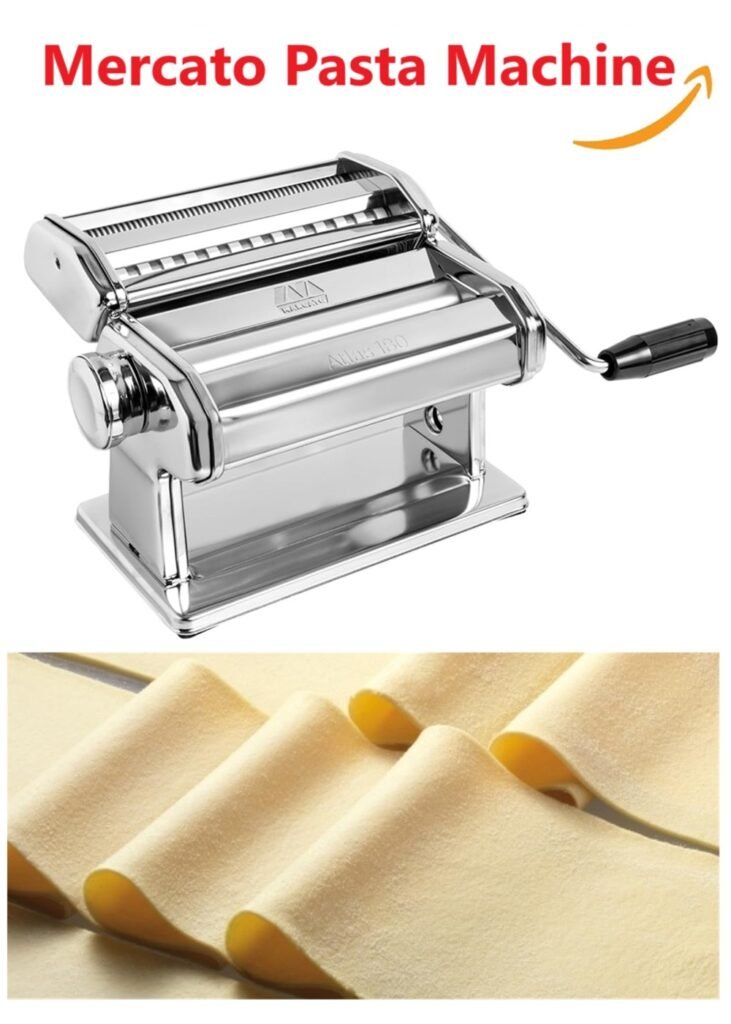



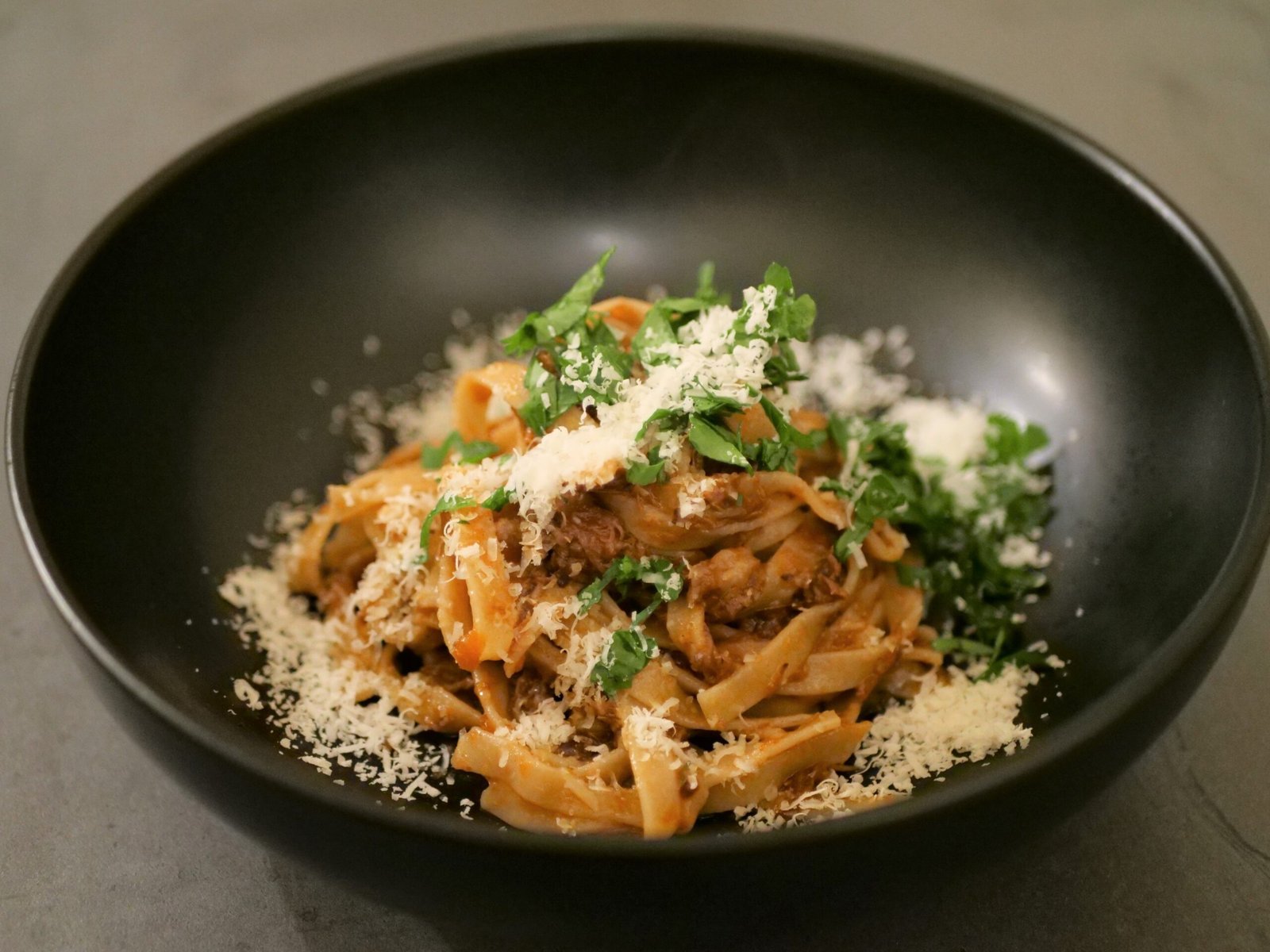
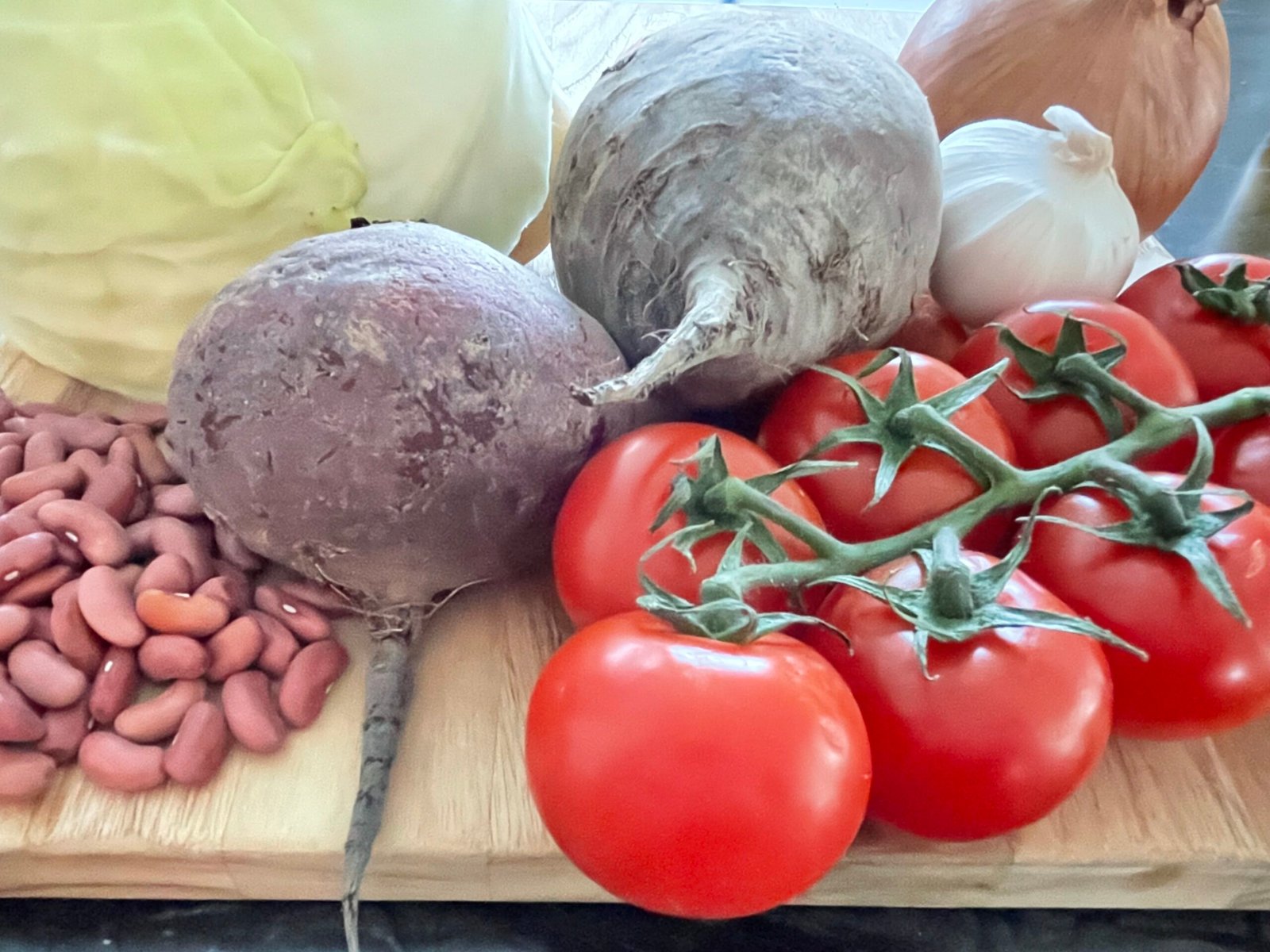
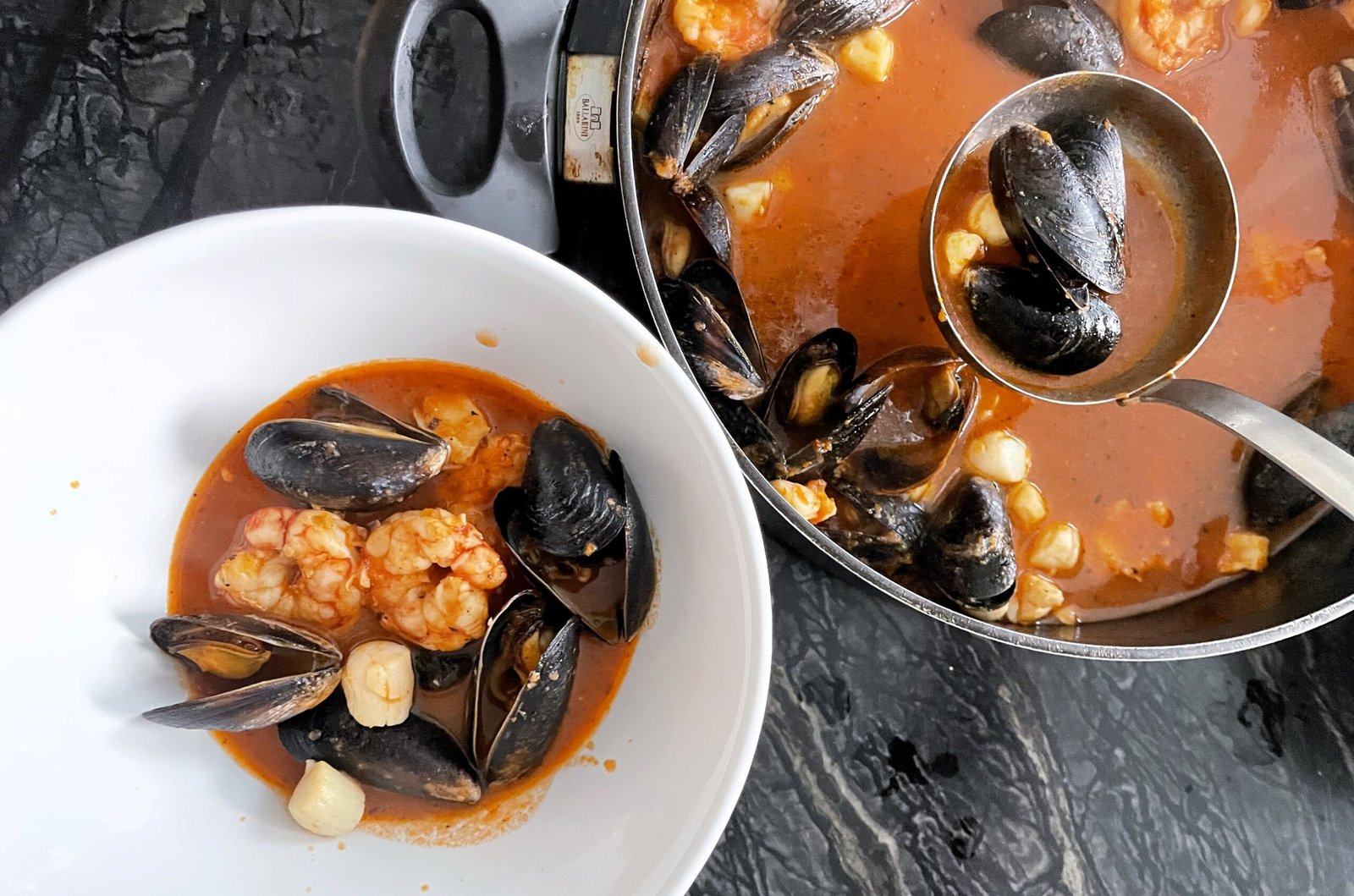
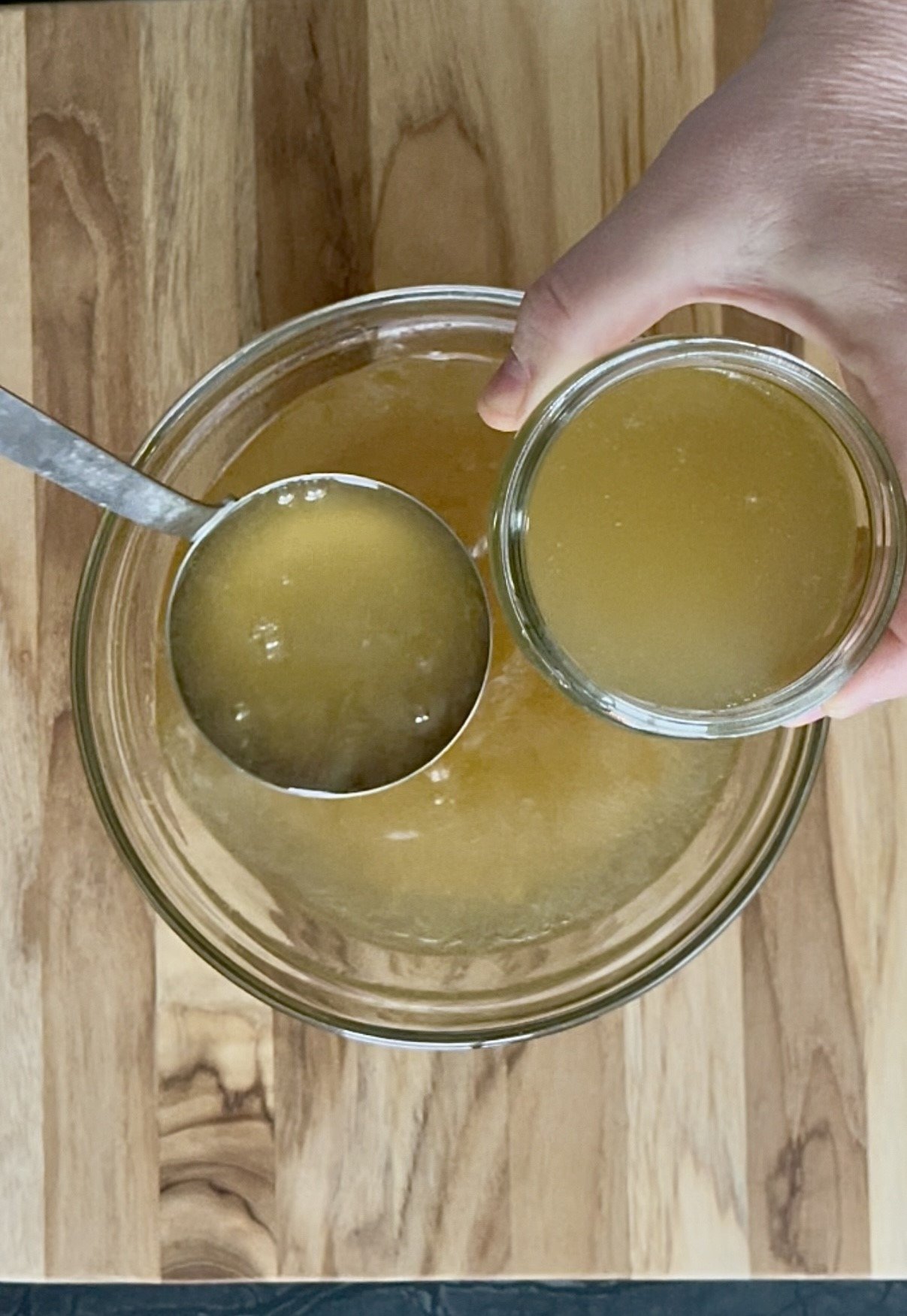

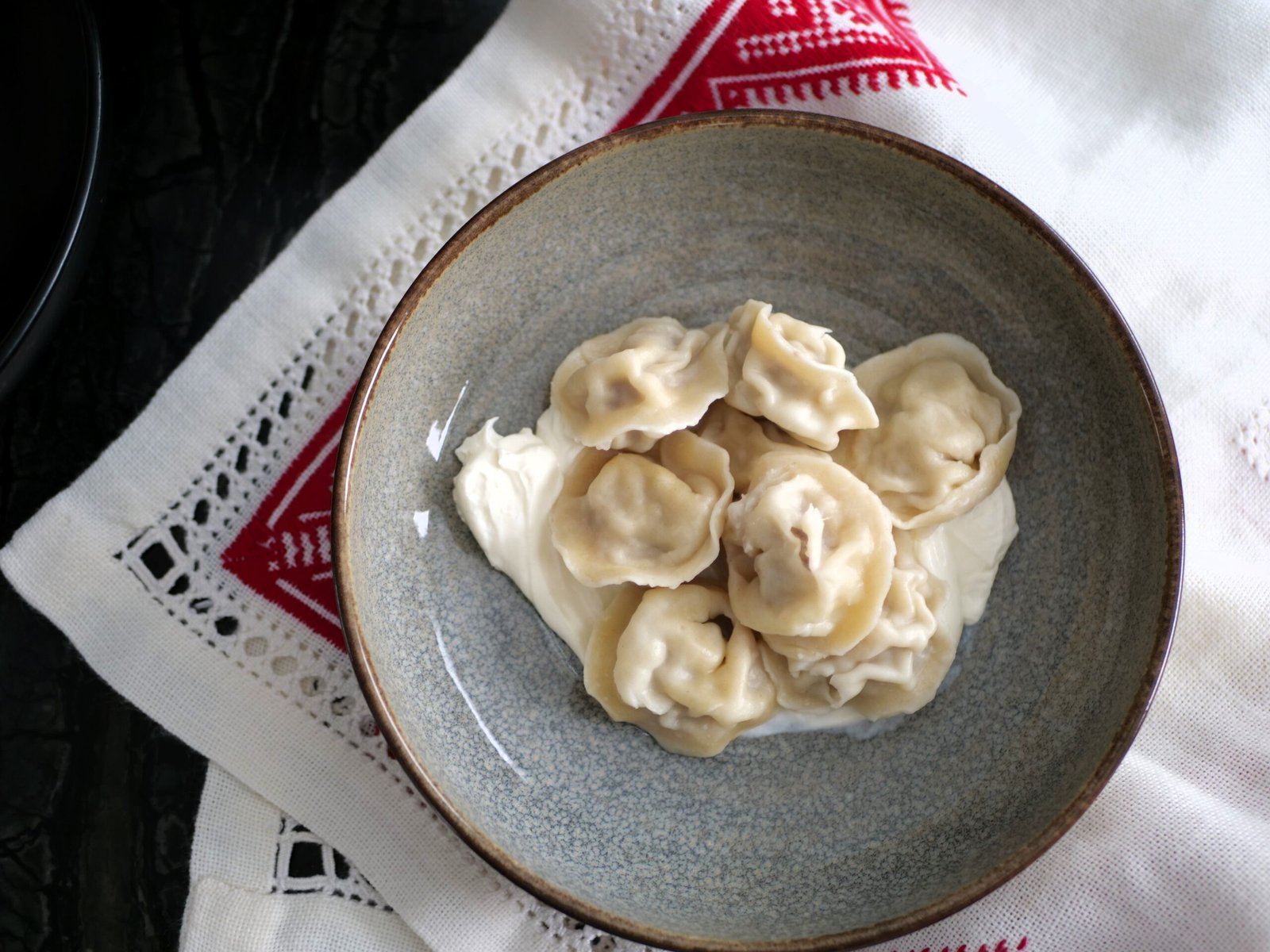
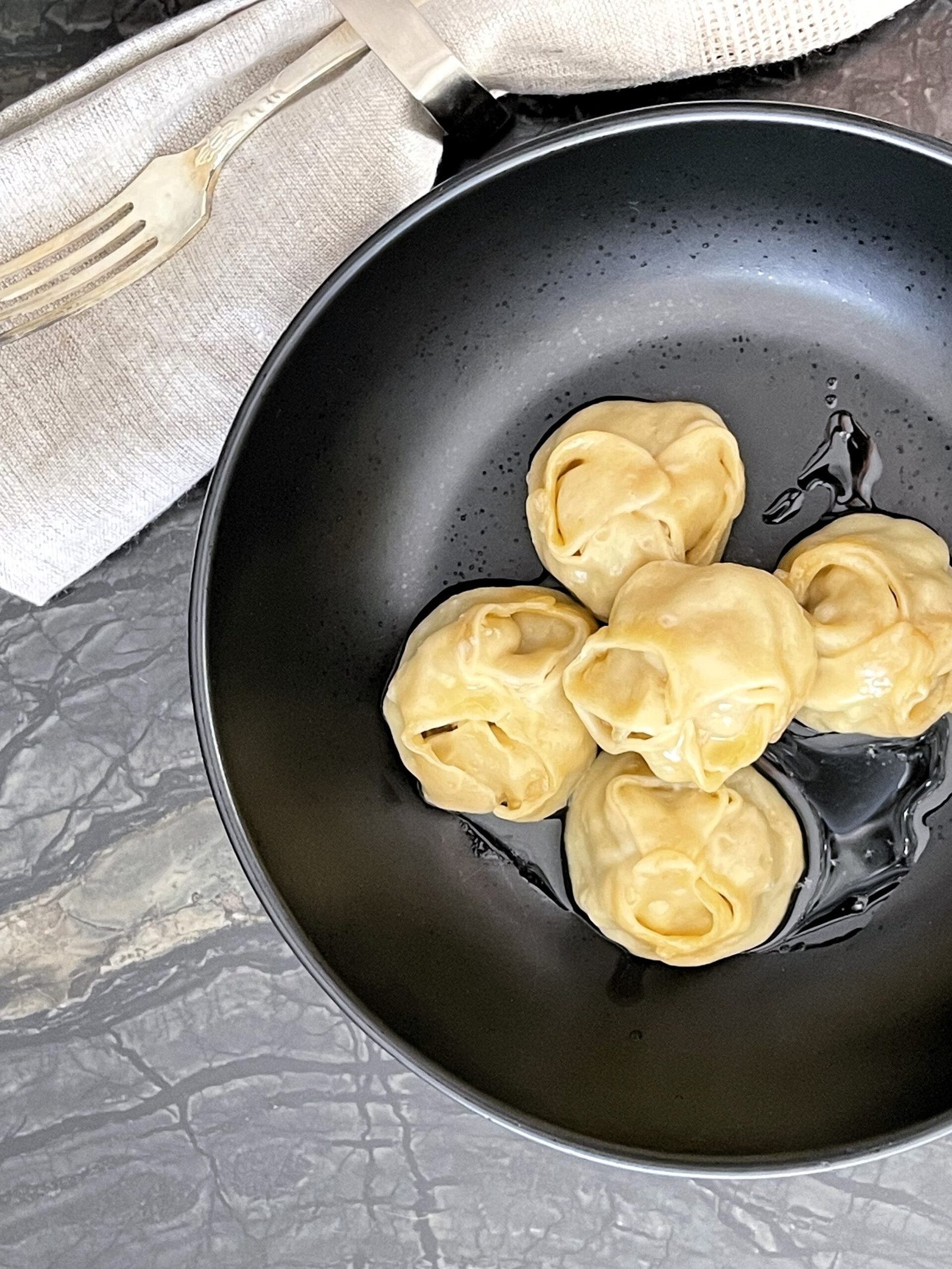



Leave a Reply